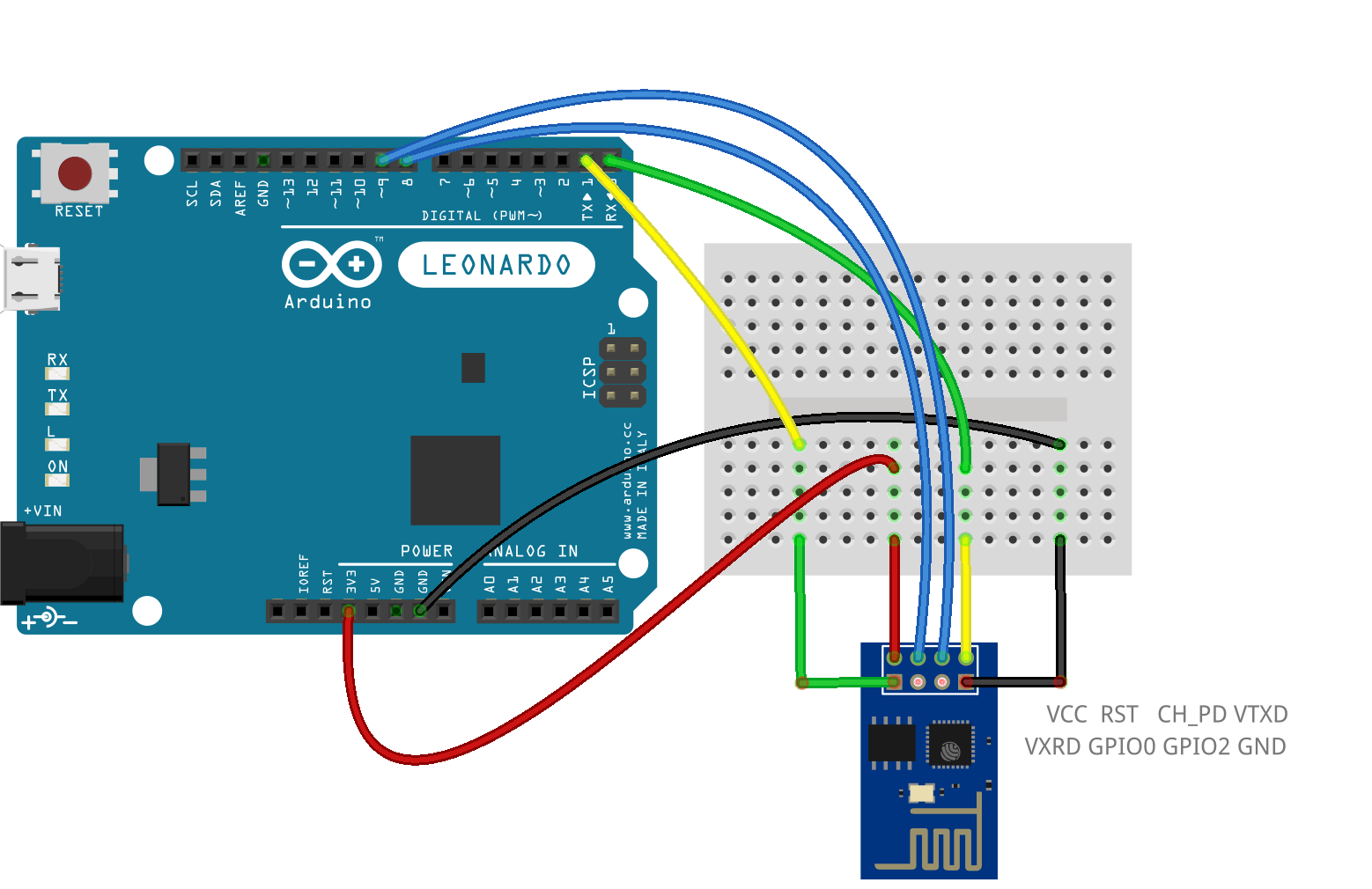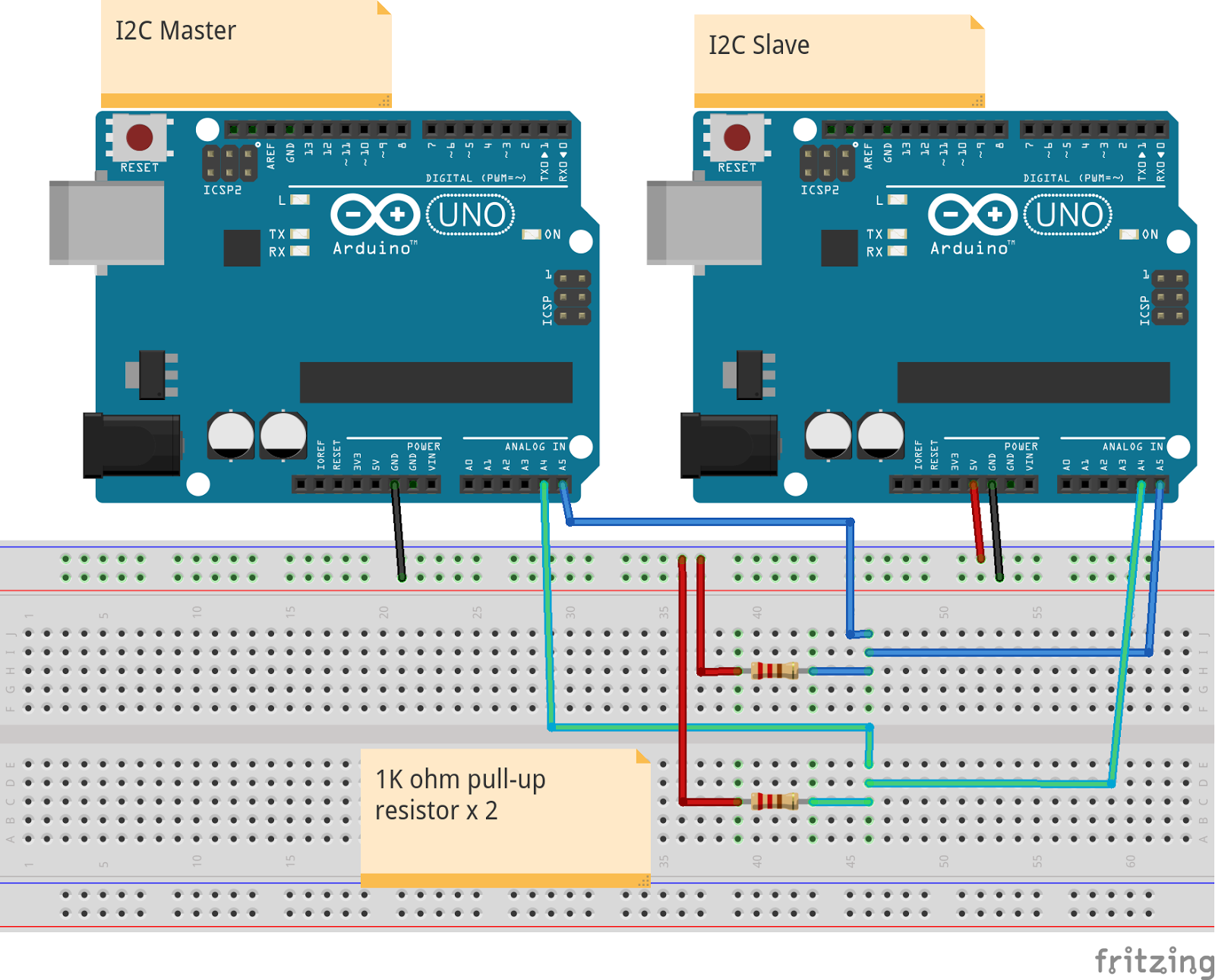

Source Clock Configuration Ĭlock sources allocator is added for supporting different clock sources. For more details on the values and how to modify them, see Customized Configuration.

Int i2c_slave_port = I2C_SLAVE_NUM i2c_config_t conf_slave = Īt this stage, i2c_param_config() also sets a few other I2C configuration parameters to default values that are defined by the I2C specification. Install Driver- activate the driver on one of the two I2C controllers as a master or slaveĭepending on whether you configure the driver for a master or slave, choose the appropriate item The following sections describe typical steps of configuring and operating the I2C driver:Ĭonfiguration - set the initialization parameters (master or slave mode, GPIO pins for SDA and SCL, clock speed, etc.) Reading and writing to registers which are in turn read/written by the master The driver supports the following features: I2C driver governs communications of devices over the I2C bus. A single I2C controller can operate as master or slave. With such advantages as simplicity and low manufacturing cost, I2C is mostly used for communication of low-speed peripheral devices over short distances (within one foot).ĮSP32 has 2 I2C controller (also referred to as port), responsible for handling communications on the I2C bus. The I2C bus consists of two lines: serial data line (SDA) and serial clock (SCL). I2C is a serial, synchronous, half-duplex communication protocol that allows co-existence of multiple masters and slaves on the same bus.


 0 kommentar(er)
0 kommentar(er)
